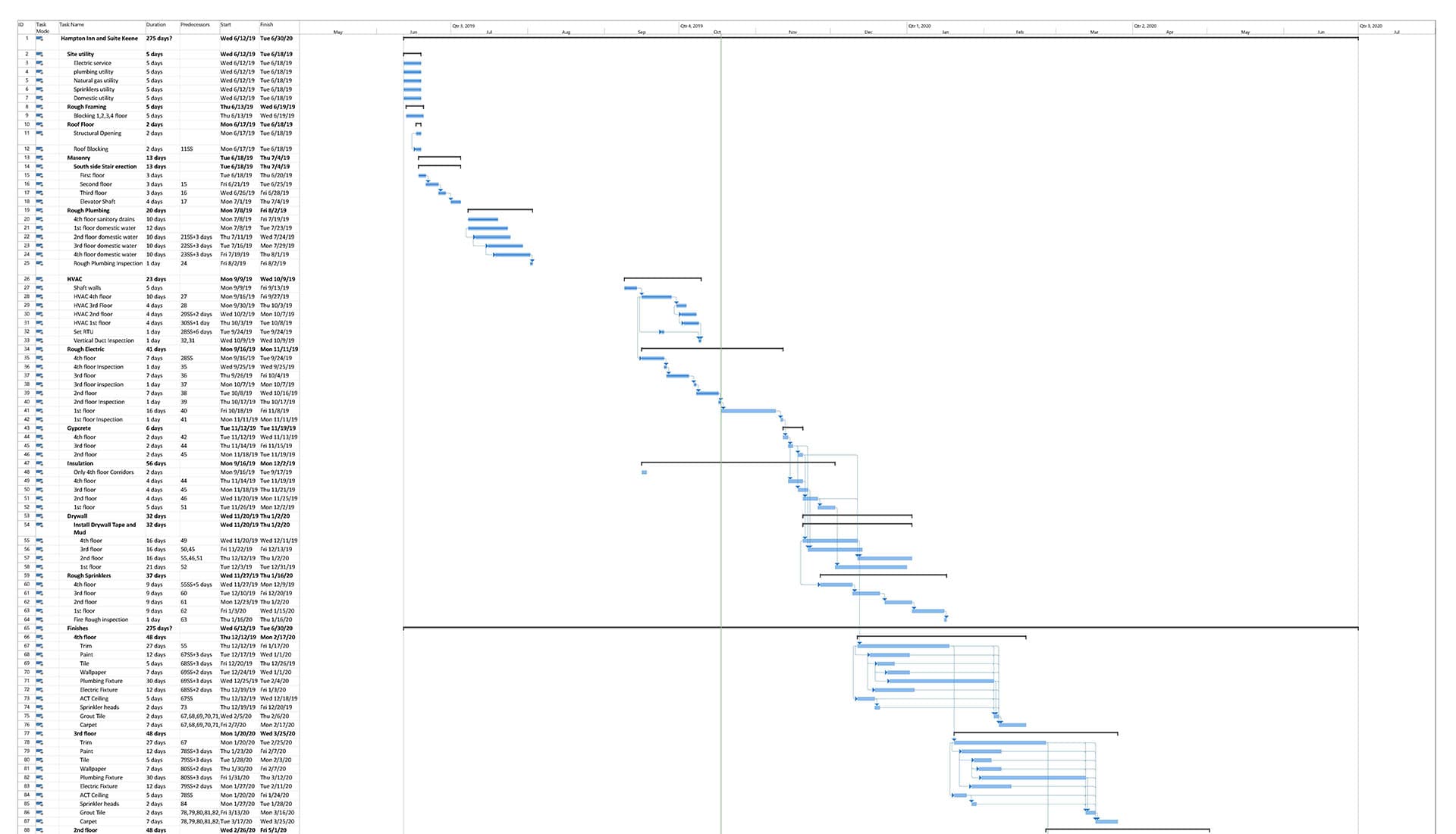What does 4D mean in BIM dimensions (Building Information Modeling)?
4D BIM Definition
4D BIM (Building Information Modeling) is a method of connecting data to an information model that adds another dimension to the data. In simple words, 4D BIM means combining 3D models with information about time.
4D BIM is part of the BIM dimension and process, linking 3D models to information in the AEC industry (Architecture, Engineering, Construction industry). Using 4D is about creating an information model, adding scheduling data to different components, generating accurate programme information and enabling step-by-step visuals of your project development.
The adoption of 4D BIM models benefit all project team members (i.e., architects, engineers, contractors etc.) since it helps them visualize the project’s timetable to assure the project’s success and timely completion.
What is an example of 4D BIM scheduling simulation?
Credit: https://www.united-bim.com/what-are-bim-dimensions-3d-4d-5d-6d-7d-bim-explained-definition-benefits/Time-related information is associated with different components of an information model in 4D BIM. Details on the lead-time, building, and installation period, curing and drying allowances, sequencing, and interdependencies with other areas could be included for a given element or work area. Planners can easily construct correct project programs based on one dependable source of federated data with this data included. The graphical representations of the various activities and elements within those programs can be readily linked. The addition of time-related attribute data allows for the creation of 3D models of a project’s progress, demonstrating how it will be built and how the structure and surrounding site will seem at each step. It improves site efficiency.
Why is 4D modeling important and what are its benefits for construction?
1. Improve planning and site efficiency
The adoption of 4D BIM helps project teams analyze construction plans visually over time, spotting issues or clashes before they happen on-site. This proactive approach improves planning, resource use, and site management for enhanced overall efficiency on site.
2. Facilitate better team collaboration and communication
4D BIM acts as a shared platform for everyone involved in a project—architects, engineers, contractors, and clients. The detailed visualization of timeline aids effective communication, reducing misunderstandings, streamlining decisions, and fostering collaboration among team members.
3. Empower effective prototype assets in a virtual environment
Teams use 4D BIM to create virtual prototypes of construction processes, allowing them to test and refine sequences, methods, and logistics before actual construction begins. Identifying and addressing potential issues in this virtual environment enhances the efficiency and effectiveness of the real construction process.
4. Provide rapid feedback within a specified time frame on design or methodology changes to avoid project schedule delays
4D BIM quickly shows the impact of proposed design changes or methodology adjustments on the construction timeline. This rapid feedback loop on design helps users assess the implications, make informed decisions, and implement modifications without causing significant delays to the project schedule.
5. Enhance cost efficiency
Minimizing rework, avoiding delays, and optimizing resource through the adoption of 4D BIM help reduce overall delivery costs for clients
6. Quality improvements
By visualizing the construction process and activities, project teams can evaluate the impact of design decisions on construction sequencing and identify potential clashes or issues that may affect quality at early stages, contributing to overall improvements and reducing the likelihood of errors.
7. Promote transparency
4D BIM promotes transparency by visually representing the construction process and activities for all stakeholders. Project participants can have a clear understanding of the project’s development, milestones, and potential challenges. This remarkable transparency builds trust, enhances communication, and allows for more informed decision-making throughout the project’s entire lifecycle, from design to completion.
4D BIM is an effective and powerful tool for communicating the impact of constructed assets to local stakeholders during construction and afterward.
